As adults, much of our knowledge around street safety seems second nature, but for kids and teenagers, the street can be distracting, resulting in potential danger. Teaching your children how to be safe as pedestrians, especially in busy cities, allows them to safely manage the day-to-day noises and interactions wherever they go.
Here are five tips that can help your children stay safe and prepare for threats they may encounter as pedestrians.
- Teach children to pay attention by looking left, right and left again when crossing the street. Always stop at the curb and explain the consequences of not paying close attention so that they understand what is expected of them as pedestrians.
- Set an example for your kids by abiding by traffic signs at all times and using crosswalks and crossing indicators to teach your child when it’s safe to cross the street. Teach kids under 10 to use their senses to watch, wait and listen for passing cars. Kids under 10 should always cross the street with an adult, as they may not be able to determine the speed of passing cars. Always walk when crossing the street.
- Always use the sidewalk. If there’s no sidewalk, always walk facing traffic and as far to the left as possible. Wear bright colors or reflectors at night. Make sure preteens are always looking up from their phones and devices especially when crossing the street.
- Teach your kids how to watch and interact safely with cars. This means not allowing them to run or dart in front of moving cars whether the cars are backing up, parking or turning in parking lots, yards and driveways. Many children are struck because cars failed to see them. Making eye contact and visibly waving at the driver before crossing in front of a car will help with a safe crossing.
- Make street safety interactive. As you walk, ask your child what they would do in certain situations, like using the crosswalk for example, and let them explain in their own words. This shows that they understand the boundaries of pedestrian safety.
 https://riseandshine.childrensnational.org/wp-content/uploads/2025/08/epi-pens-feature.jpg
300
400
Danielle Robbins
https://riseandshine.childrensnational.org/wp-content/uploads/2017/11/childrens_riseandshine_logo.jpg
Danielle Robbins2025-08-26 12:24:232025-08-26 16:12:43Back-to-school safety tips for kids with food allergies
https://riseandshine.childrensnational.org/wp-content/uploads/2025/08/epi-pens-feature.jpg
300
400
Danielle Robbins
https://riseandshine.childrensnational.org/wp-content/uploads/2017/11/childrens_riseandshine_logo.jpg
Danielle Robbins2025-08-26 12:24:232025-08-26 16:12:43Back-to-school safety tips for kids with food allergies







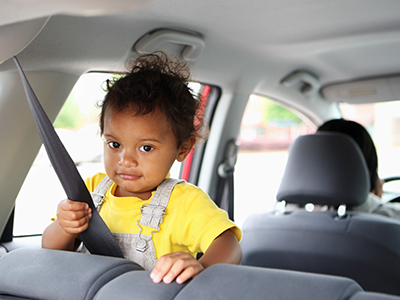



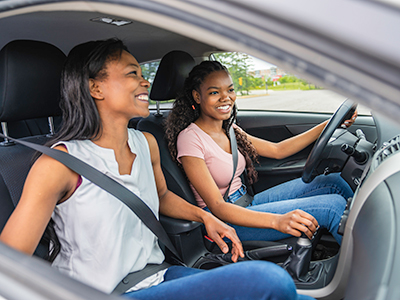
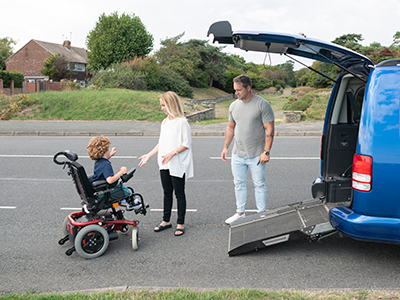





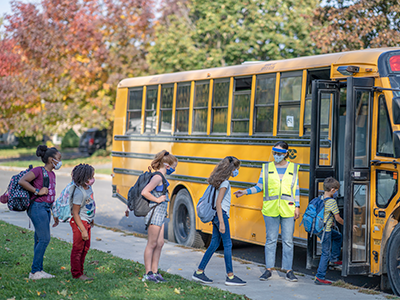
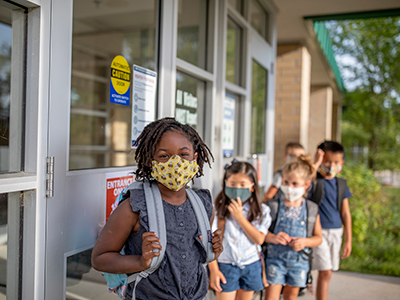
Leave a Comment
Want to join the discussion?Feel free to contribute!